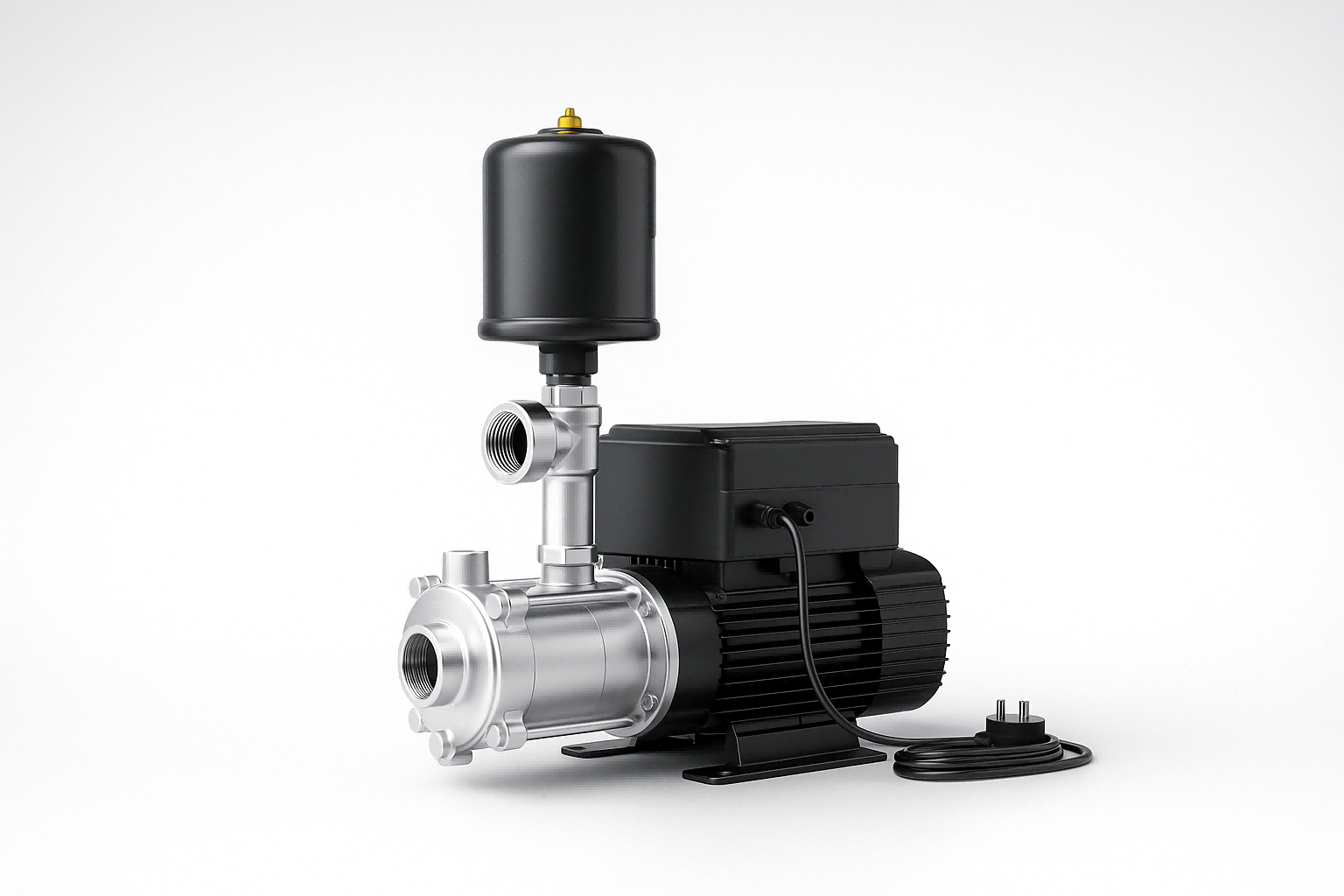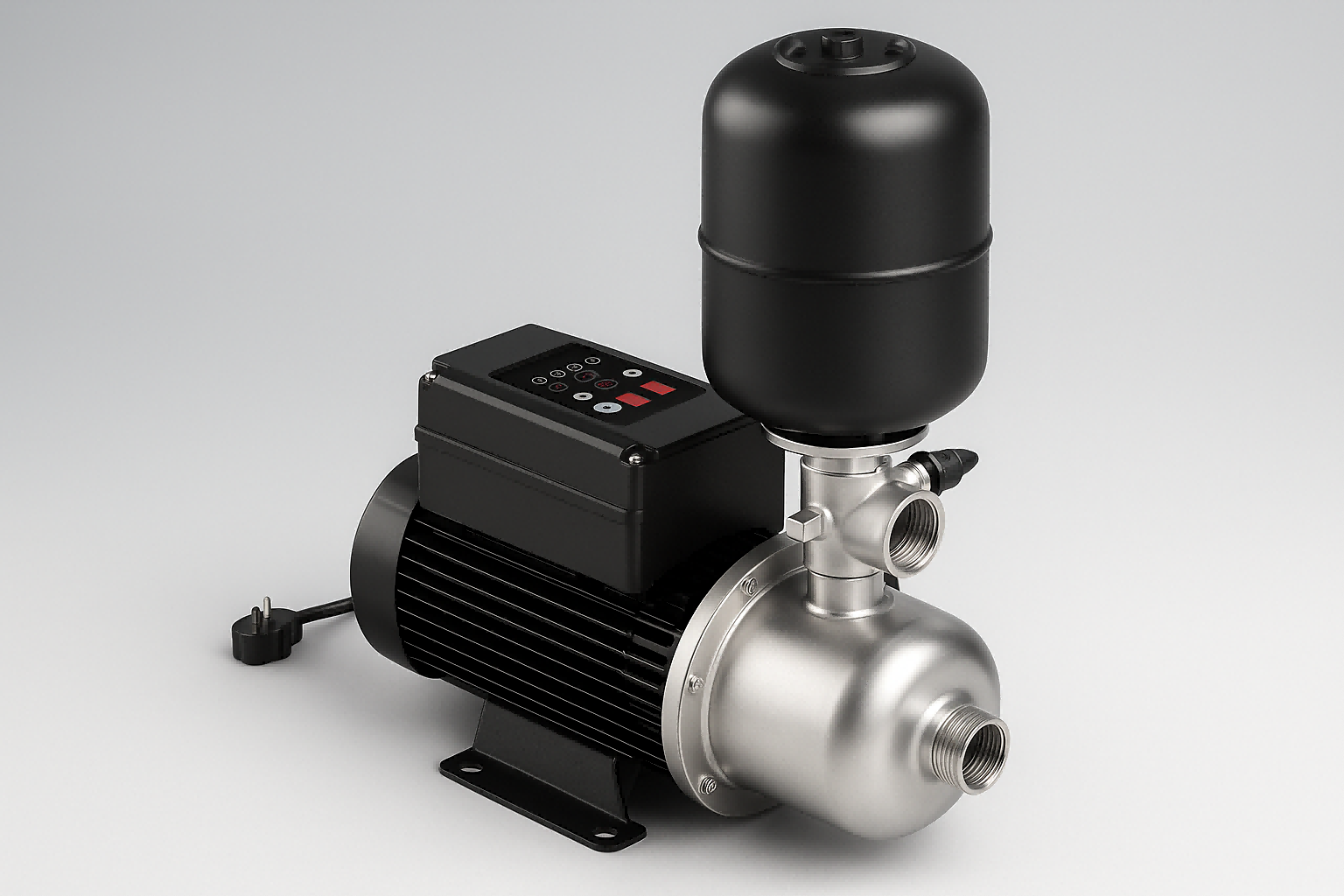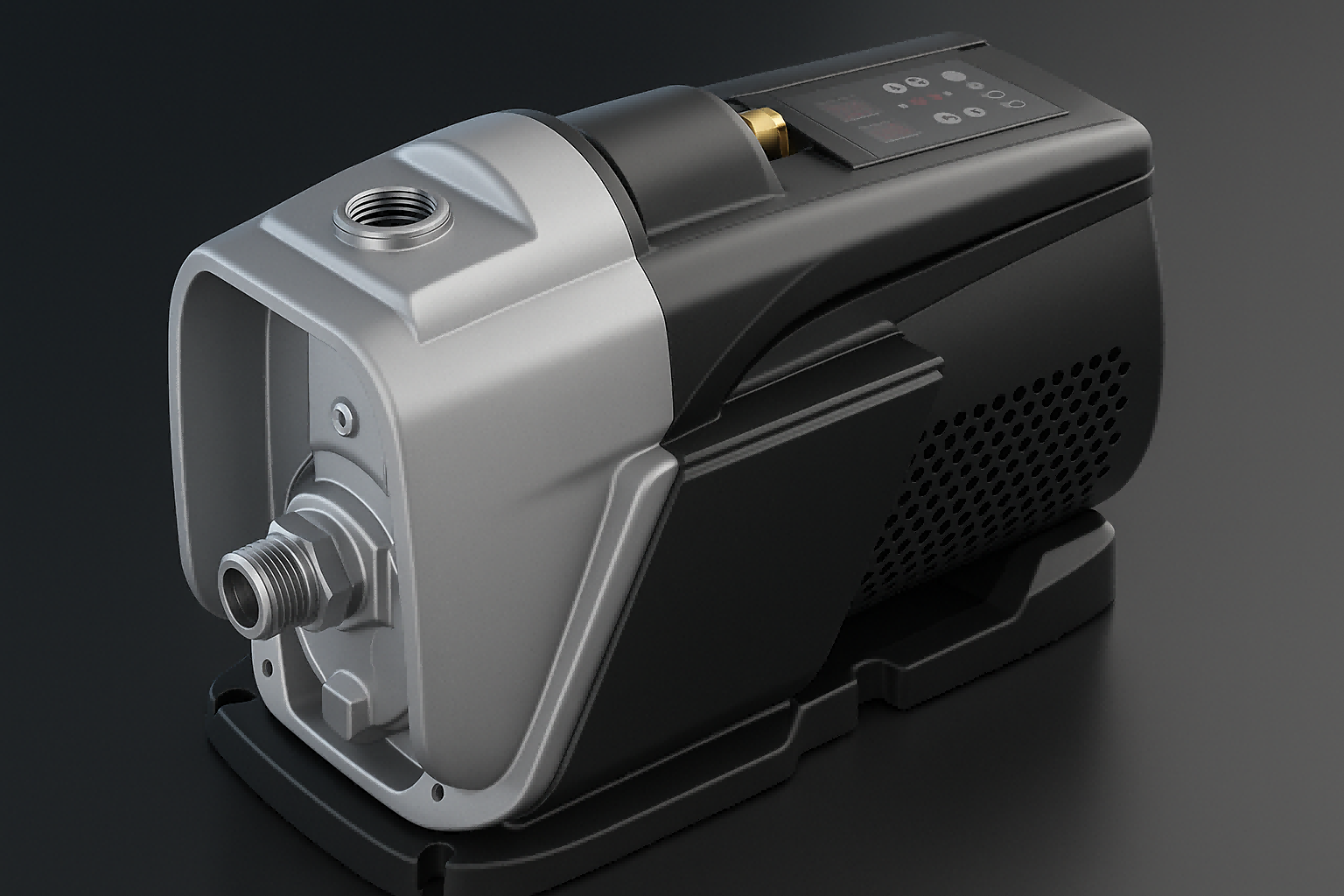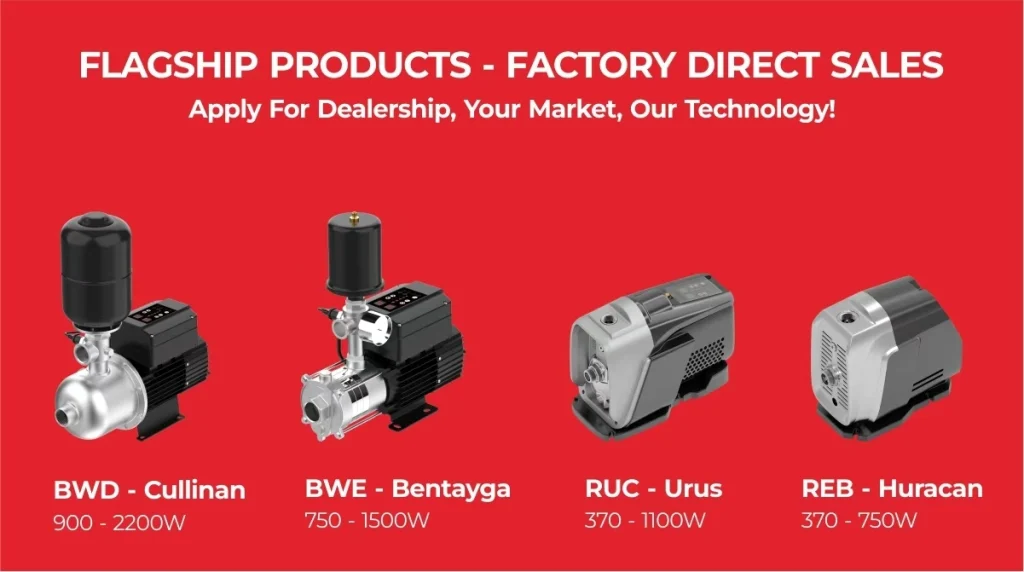A failing water pump can disrupt your entire water supply.
This leads to costly emergency repairs and unhappy clients.
Understanding a pump's lifespan helps you plan for replacements effectively.
A good quality residential water pump typically lasts between 8 and 15 years. However, several factors like the pump type, manufacturing quality, operating conditions, and maintenance schedule can significantly influence this lifespan and its performance over time.
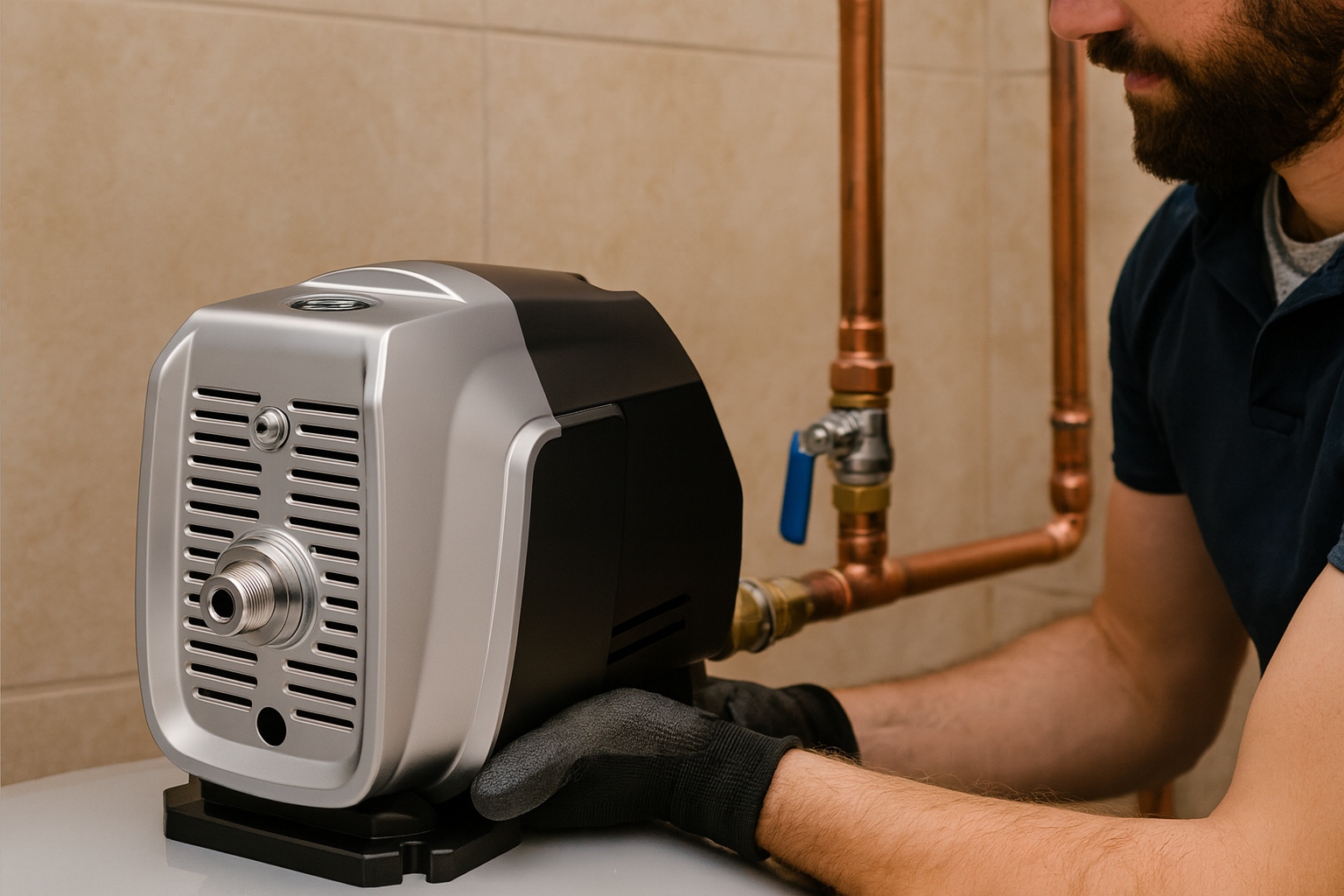
Knowing the average lifespan is just the starting point.
But what specific factors can cut that life in half or even double it?
Let's explore the details that determine how long your water pump will actually perform.
This knowledge is crucial for making smart purchasing decisions that benefit your business and your customers in the long run.
What Are the Main Types of Water Pumps?
Selecting the wrong pump type leads to poor performance and early failure.
This can damage your reputation and increase costs.
Knowing the main types helps you match the right pump to the job.
Common pump types include centrifugal pumps for surface applications, submersible pumps for deep wells, and jet pumps for shallow wells. Each type is designed for specific conditions, and choosing correctly is the first step toward ensuring a long service life.
Understanding the fundamental differences between pump types is essential for distributors.
It allows you to guide your customers to the best solution.
This expertise builds trust and ensures the products you supply perform as expected.
An incorrect application is one of the fastest ways to cause premature pump failure.
Let's break down the most common categories.
Centrifugal Pumps
Centrifugal pumps are one of the most common types used globally.
They use a rotating impeller to draw fluid in and push it out through centrifugal force.
These pumps are typically surface-mounted.
They are excellent for transferring water from a source like a tank or a shallow well to a home or irrigation system.
Their design is relatively simple, which often makes them easier to maintain and repair.
The lifespan of a centrifugal pump is heavily dependent on the quality of its components, particularly the motor, impeller, and mechanical seals.
High-quality materials like stainless steel can resist corrosion and wear, significantly extending their operational life.
- Single-Stage Pumps: These have one impeller and are ideal for low-pressure, high-flow-rate applications. They are common in residential water supply and drainage.
- Multistage Pumps: These feature multiple impellers in a series. Each stage boosts the pressure further. They are perfect for applications requiring high pressure, like tall buildings or long-distance water transfer. A well-built multistage pump can be a very durable solution.
Submersible Pumps
Submersible pumps are designed to be fully submerged in the fluid they are pumping.
They are most commonly used in deep wells to push water to the surface.
Because the pump is submerged, it doesn't need to be primed and is often more efficient at lifting water from great depths.
The motor is hermetically sealed and coupled directly to the pump body.
This design makes them very quiet during operation since the water muffles any sound.
Cooling is also more effective, as the surrounding water dissipates heat from the motor.
This can contribute to a longer motor life compared to a surface pump operating in a hot environment.
However, maintenance can be more difficult because the pump must be pulled from the well for service.
Therefore, choosing a high-quality, reliable submersible pump from the start is critical to avoid costly and labor-intensive repairs.
Variable Speed Drive (VSD) Booster Pumps
VSD booster pumps represent a modern, intelligent approach to water pressure management.
These are not a separate category but an advanced type of centrifugal pump.
They feature an integrated inverter that adjusts the motor's speed in real-time.
This adjustment ensures the pump delivers constant water pressure regardless of demand fluctuations.
For example, the pump speeds up when multiple taps are open and slows down when only one is.
This intelligent operation has a massive impact on the pump's lifespan.
By avoiding constant starting and stopping at full power, it dramatically reduces mechanical stress on the motor, bearings, and seals.
The soft-start feature prevents the water hammer effect, which protects both the pump and the plumbing system.
While the initial investment might be higher, the extended lifespan and significant energy savings make VSD pumps a superior long-term choice for many applications.
| Pump Type | Typical Application | Average Lifespan | Key Longevity Factor |
|---|---|---|---|
| Centrifugal | Surface water transfer, residential boosting | 10-15 years | Material quality, seal integrity |
| Submersible | Deep wells, boreholes | 10-20 years | Motor seal quality, water quality |
| VSD Booster | Constant pressure systems, modern buildings | 15-20+ years | Quality of electronics, reduced mechanical stress |
What Key Factors Influence a Pump's Lifespan?
A great pump can fail early if installed or used improperly.
This leads to warranty claims and customer dissatisfaction.
Understanding the key factors helps you prevent these issues and ensure longevity.
Beyond the pump type, its lifespan is determined by water quality, usage frequency, installation correctness, and material quality. A pump in a harsh environment will not last as long as one in ideal conditions, regardless of its initial quality.
A water pump does not operate in a vacuum.
It is part of a larger system, and its environment plays a huge role in its survival.
As a supplier, educating your clients on these factors is a value-added service.
It demonstrates your expertise and commitment to their success.
A pump that lasts longer reflects well on the brand you represent and the advice you provide.
Let's examine these critical factors in more detail.
Water Quality
The quality of the water being pumped is one of the most significant variables.
Clean, clear water with a neutral pH is the ideal scenario.
Unfortunately, this is not always the reality.
Abrasive particles like sand, silt, or grit can act like sandpaper on the pump's internal components.
This is especially damaging to the impeller and the diffuser.
Over time, this abrasion wears down the parts, reduces the pump's efficiency, and will eventually lead to failure.
If you are pumping well water, it is crucial to ensure the well is properly developed and free of sediment.
Installing a sediment filter before the pump can be a wise investment.
Corrosive water, which can be either acidic (low pH) or alkaline (high pH), is another major threat.
It can eat away at metal components, causing leaks and seizures.
Pumps made from corrosion-resistant materials like stainless steel or specialized composites are essential in such environments.
Usage Frequency and Workload
How often a pump runs and how hard it works directly impacts its lifespan.
A pump that runs 24/7 will wear out faster than one that runs for only a few hours a day.
This is simple mechanical wear and tear.
However, the cycling frequency is just as important.
A pump that is constantly starting and stopping is under tremendous stress.
Each startup involves a surge of electricity and a jolt of mechanical force.
This is particularly common in systems with small pressure tanks, where the pump might cycle every time a tap is used briefly.
This is known as short-cycling, and it is a leading cause of premature motor failure.
Using a properly sized pressure tank or, even better, a VSD pump can solve this problem.
A VSD pump smoothly ramps up its speed to meet demand, avoiding the damaging stress of frequent on/off cycles.
It ensures the pump only works as hard as it needs to, which conserves energy and extends its life.
Quality of Installation
A professional installation is not a luxury; it is a necessity for a long pump life.
Several installation errors can lead to early failure.
The pump must be installed on a level, stable base.
An uneven surface can cause vibrations, which puts stress on bearings and can lead to noisy operation and eventual breakdown.
The suction and discharge piping must be properly aligned and supported.
If the pipes are not supported, their weight can put a strain on the pump housing, potentially causing cracks or seal failure.
The electrical wiring must be correct and provide the proper voltage.
Low voltage can cause the motor to overheat and burn out.
Finally, the suction line must be completely airtight.
Even a tiny air leak can cause the pump to lose its prime and run dry.
Running a pump without water, even for a short time, can destroy the mechanical seal and cause catastrophic failure.
How Does Maintenance Affect Pump Longevity?
Ignoring maintenance is a guaranteed way to shorten a pump's life.
This can result in unexpected breakdowns and emergency replacement costs.
A proactive maintenance plan is key to maximizing your investment.
Regular maintenance is non-negotiable for achieving a long pump lifespan. Simple actions like cleaning filters, checking for leaks, and ensuring proper ventilation can prevent major problems and add years to a pump's operational life.
Maintenance should be viewed as an investment, not a cost.
For every dollar spent on preventive care, many more are saved by avoiding system failures and downtime.
For distributors, offering maintenance guides or service kits can be another way to support your clients.
It reinforces the idea that you are a partner in their success, not just a supplier.
A well-maintained pump is a testament to the quality of the product you sell.
Let's outline what a good maintenance schedule looks like.
Creating a Proactive Maintenance Schedule
A maintenance schedule doesn't need to be complicated.
The goal is to catch small issues before they become big, expensive problems.
Consistency is more important than complexity.
A simple checklist performed at regular intervals is highly effective.
Here is a sample schedule that can be adapted for most pump types.
| Frequency | Maintenance Task | Purpose |
|---|---|---|
| Monthly | Visual Inspection: Check for leaks around seals and pipe connections. | Prevents water loss and water damage. Catches failing seals early. |
| Listen to the Pump: Note any unusual noises like grinding or whining. | Unusual noises can indicate worn bearings or debris in the pump. | |
| Check for Vibrations: Feel the pump casing for excessive vibration. | Vibration can signal misalignment or bearing issues. | |
| Quarterly | Clean Intake Screen/Filter: Remove any debris from the suction filter. | Ensures good water flow and prevents debris from entering the pump. |
| Verify Pressure Gauge Readings: Check that the pump is operating at its normal pressure. | A drop in pressure can indicate an internal wear issue or a leak. | |
| Annually | Check Pressure Tank Air Charge: For systems with a pressure tank, verify the pre-charge pressure. | An incorrect air charge causes short-cycling, which damages the motor. |
| Test the Motor: Check the motor's amperage draw to ensure it's within the manufacturer's specs. | High amperage can indicate a failing motor or a hydraulic problem. | |
| Schedule Professional Service: Consider having a qualified technician inspect the pump. | A professional can spot issues that an untrained eye might miss. |
The Critical Role of Seals and Bearings
The mechanical seal and the motor bearings are two of the hardest-working parts of a pump.
The mechanical seal prevents water from leaking out along the motor shaft.
It is a high-precision component that is constantly under pressure and friction.
Running the pump dry is the number one cause of seal failure.
Without water for lubrication and cooling, the seal faces can overheat and shatter in seconds.
The motor bearings support the motor shaft, allowing it to spin smoothly at thousands of revolutions per minute.
Over time, the lubrication in the bearings can break down, or they can be damaged by vibration or overheating.
A failing bearing typically starts as a low whining or rumbling sound that gets progressively louder.
If you hear this, the pump needs to be serviced immediately.
Ignoring a failing bearing will lead to a complete motor seizure.
Using pumps with high-quality, durable seals and bearings is a key factor in ensuring a long and trouble-free service life.
Are VSD Booster Pumps a Better Long-Term Investment?
Traditional pumps seem cheaper upfront, which can be tempting.
However, their high energy use and mechanical wear can lead to greater costs over time.
Rethinking the initial price helps you see the bigger picture of total ownership cost.
Yes, VSD booster pumps are often a better long-term investment. Their higher initial cost is typically offset by significant energy savings, reduced maintenance needs, and a longer operational lifespan due to decreased mechanical stress on components.
For a savvy business owner like a distributor, understanding the total cost of ownership (TCO) is a powerful sales tool.
It shifts the conversation from a simple price comparison to a more meaningful discussion about value and return on investment.
Your customers purchase pumps not just for the equipment itself, but for the reliable water delivery it provides.
A pump that delivers this reliability more efficiently and for a longer period is inherently more valuable.
Let's break down the components of TCO.
Calculating the Total Cost of Ownership (TCO)
The sticker price of a pump is only one part of its total cost.
A comprehensive TCO analysis includes several other factors.
- Initial Purchase Price (Capital Expense): This is the upfront cost of the pump itself. Traditional pumps are usually cheaper here.
- Installation Cost: This is generally similar for both traditional and VSD pumps.
- Energy Consumption (Operating Expense): This is where VSD pumps have a massive advantage. A traditional pump always runs at full speed, even when demand is low, wasting enormous amounts of electricity. A VSD pump adjusts its speed, often leading to energy savings of 30-50% or more. Over a 10-year period, these savings can easily exceed the initial purchase price of the pump.
- Maintenance and Repair Costs: VSD pumps experience less wear and tear. The soft-start function eliminates the mechanical shock of starting at full power. The intelligent speed control reduces overall runtime and stress on bearings, seals, and the motor. This translates to fewer repairs and a longer lifespan.
- Downtime Cost: When a pump fails, the cost is not just the repair bill. For a business or a large residential complex, a lack of water can mean lost revenue or unhappy tenants. The superior reliability of VSD pumps reduces the risk of costly, unplanned downtime.
By presenting this TCO breakdown, you can clearly demonstrate why the slightly higher initial cost of a VSD pump is a smart financial decision.
The Benefit of Constant Pressure
Beyond the financial savings, VSD pumps offer a significant improvement in user experience.
They deliver constant, stable water pressure.
In a residential setting, this means no more weak showers when someone flushes a toilet or starts the washing machine.
In a commercial or industrial setting, stable pressure can be critical for processes and equipment to function correctly.
This enhanced performance is a major selling point.
Customers will appreciate the comfort and reliability that a VSD system provides.
This level of control and comfort is something that traditional on/off pump systems simply cannot match.
It elevates the entire water system from a basic utility to a modern, intelligent solution.
When Is It Time to Replace Your Water Pump?
Running a pump until it completely fails is a risky strategy.
An emergency failure can cause water damage and leave a property without water.
Knowing the warning signs helps you plan for a replacement proactively.
It's time to replace your pump if you notice a significant drop in water pressure, hear loud or unusual noises, see a sudden spike in your electricity bill, or if the pump is frequently short-cycling. Also, consider replacement if it's over 15 years old.
Proactive replacement is always better than reactive repair.
For a homeowner, it prevents the stress of a no-water emergency.
For a business, it prevents operational disruptions.
As a distributor, you can educate your customers on these warning signs.
This positions you as a helpful expert and can lead to a planned sale rather than a frantic emergency order.
Here are the key indicators that a pump is nearing the end of its life.
Key Warning Signs of Pump Failure
A pump will usually give you clues that it is struggling before it fails completely.
Learning to recognize these signs is crucial.
- Decreased Water Pressure: If the pressure from your faucets and showers seems weaker than it used to be, it's a classic sign of a worn impeller or a failing motor. The pump is no longer able to generate the pressure it once did.
- Loud or Strange Noises: Healthy pumps operate with a consistent, smooth hum. If you start to hear grinding, screeching, or rattling, it's a serious red flag. These noises often point to failing bearings or debris moving around inside the pump housing.
- Unusually High Electric Bills: If your electricity usage suddenly jumps without any other explanation, a failing pump motor could be the culprit. As a motor wears out, it becomes less efficient and has to draw more power to do the same amount of work.
- Constant Running or Short-Cycling: If the pump runs continuously even when no water is being used, you may have a leak in your plumbing or a faulty pressure switch. If it turns on and off very frequently (short-cycling), it could be a sign of a waterlogged pressure tank or a failing switch, both of which will destroy the pump motor if not addressed.
- Visible Rust or Corrosion: Significant corrosion on the pump housing is a clear sign of age and water damage. A corroded casing could fail under pressure, leading to a major leak.
Planning a Proactive Replacement
Once you've identified these warning signs, or if the pump is simply old, it's time to plan for a replacement.
Don't wait for a complete breakdown.
A planned replacement allows you to research the best options.
You can choose a modern, energy-efficient model like a VSD booster pump that will provide better performance and long-term savings.
You can schedule the installation at a convenient time, minimizing disruption.
This approach is far less stressful and often less expensive than an emergency replacement.
An emergency call to a plumber on a weekend will always cost more than a scheduled appointment during regular business hours.
Encourage your customers to think of their water pump's lifespan and to budget for its eventual replacement.
It's a smart, responsible way to manage a critical piece of infrastructure.
Conclusion
A water pump's lifespan depends on quality, application, and maintenance.
Choosing a VSD pump and caring for it properly is the best way to ensure longevity and reliable performance for years.
FAQs
How can I make my water pump last longer?
Ensure proper installation, perform regular maintenance like cleaning filters, and protect it from running dry. Using a VSD pump can also significantly reduce wear and tear.
What is the most common cause of water pump failure?
The most common causes are running the pump dry, which destroys the seals, and frequent on/off cycling (short-cycling), which burns out the motor.
Do VSD pumps really last longer?
Yes, VSD pumps typically last longer because they operate more efficiently. The soft-start feature and variable speed control reduce mechanical stress on the motor, seals, and bearings.
Can a water pump be repaired?
Yes, many common issues like a failed pressure switch or a bad capacitor can be repaired. However, if the motor has failed or the main housing is corroded, replacement is usually more cost-effective.
How do I know what size pump I need?
Pump sizing depends on your required flow rate (GPM) and pressure (PSI). You should consider the number of water fixtures, the height the water needs to be lifted, and the pipe length.
Does water quality affect all pumps the same way?
No, pumps made from materials like stainless steel or bronze are far more resistant to corrosive or abrasive water than pumps made from cast iron.
Is a noisy water pump a sign of failure?
Yes, a sudden increase in noise, such as grinding or rattling, is a strong indicator of a problem like worn bearings or debris in the pump. It should be inspected immediately.
What is the advantage of a constant pressure pump?
A constant pressure pump, like a VSD model, provides a steady and consistent water flow. This eliminates pressure fluctuations, providing a much better user experience in showers and faucets.



